
https://ebookmass.com/product/liquid-liquid-and-solidliquid-extractors-1st-edition-jean-paul-duroudier/
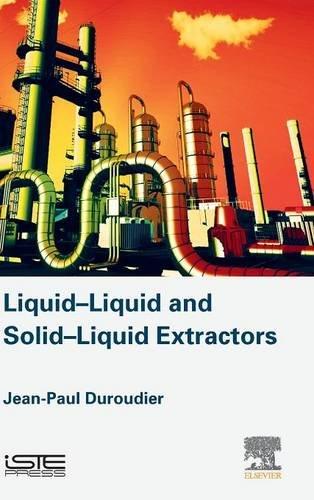
Instant digital products (PDF, ePub, MOBI) ready for you
Download now and discover formats that fit your needs...
Liquid-Gas and Solid-Gas Separators 1st Edition Jean-Paul Duroudier
https://ebookmass.com/product/liquid-gas-and-solid-gas-separators-1stedition-jean-paul-duroudier/
ebookmass.com
Solid-Solid, Fluid-Solid, Fluid-Fluid Mixers 1st Edition
Jean-Paul Duroudier
https://ebookmass.com/product/solid-solid-fluid-solid-fluid-fluidmixers-1st-edition-jean-paul-duroudier/
ebookmass.com
Liquid Crystals, 3rd Edition Iam-Choon Khoo
https://ebookmass.com/product/liquid-crystals-3rd-edition-iam-choonkhoo/ ebookmass.com
The Digital Jepson Manual: Vascular Plants of California (Ebook PDF)
https://ebookmass.com/product/the-digital-jepson-manual-vascularplants-of-california-ebook-pdf/
ebookmass.com
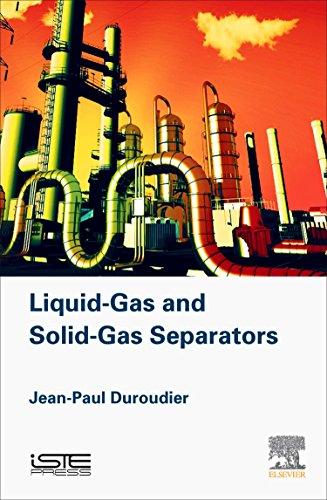
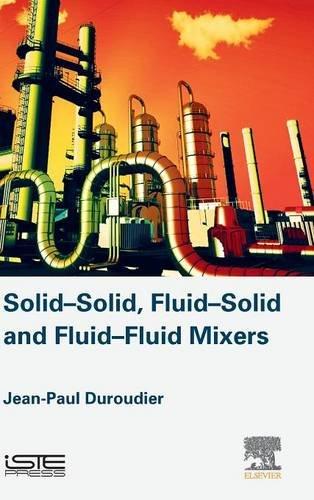
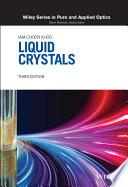
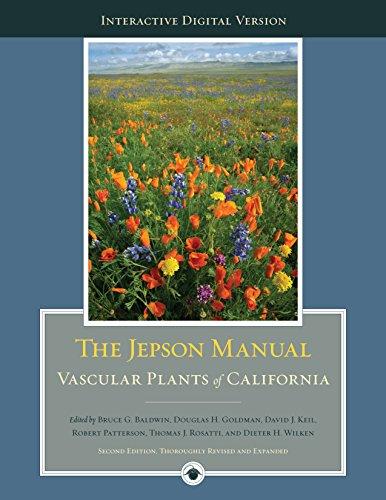
Orthopaedic Basic Science: Foundations of Clinical Practice 4th Edition, (Ebook PDF)
https://ebookmass.com/product/orthopaedic-basic-science-foundationsof-clinical-practice-4th-edition-ebook-pdf/
ebookmass.com
Stand (The Fieldings Book 3) Kimberley Ash
https://ebookmass.com/product/stand-the-fieldings-book-3-kimberleyash/
ebookmass.com
Cellular Signal Processing: An Introduction to the Molecular Mechanisms of Signal Transduction, Second Edition 2nd Edition, (Ebook PDF)
https://ebookmass.com/product/cellular-signal-processing-anintroduction-to-the-molecular-mechanisms-of-signal-transductionsecond-edition-2nd-edition-ebook-pdf/ ebookmass.com
Elementary Particle Physics -The Standard Theory J. Iliopoulos And T.N. Tomaras
https://ebookmass.com/product/elementary-particle-physics-thestandard-theory-j-iliopoulos-and-t-n-tomaras/
ebookmass.com
Therapeutic dressings and wound healing applications Boateng
https://ebookmass.com/product/therapeutic-dressings-and-wound-healingapplications-boateng/
ebookmass.com
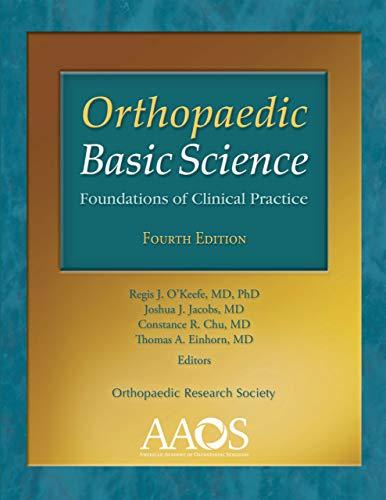

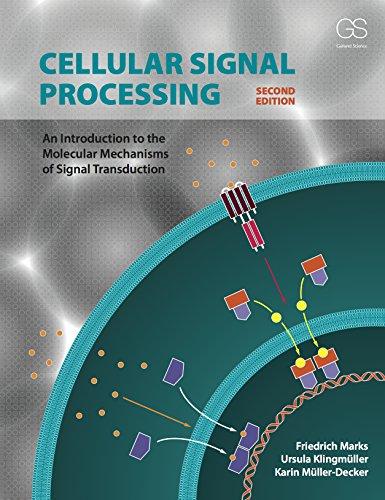
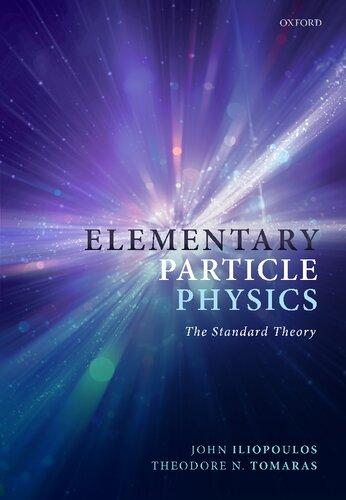

https://ebookmass.com/product/etextbook-978-1305117204-systemsanalysis-and-design-in-a-changing-world/
ebookmass.com
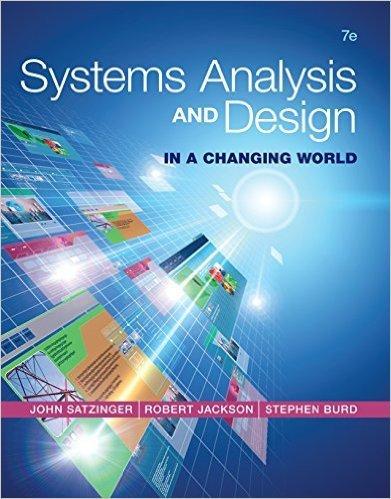
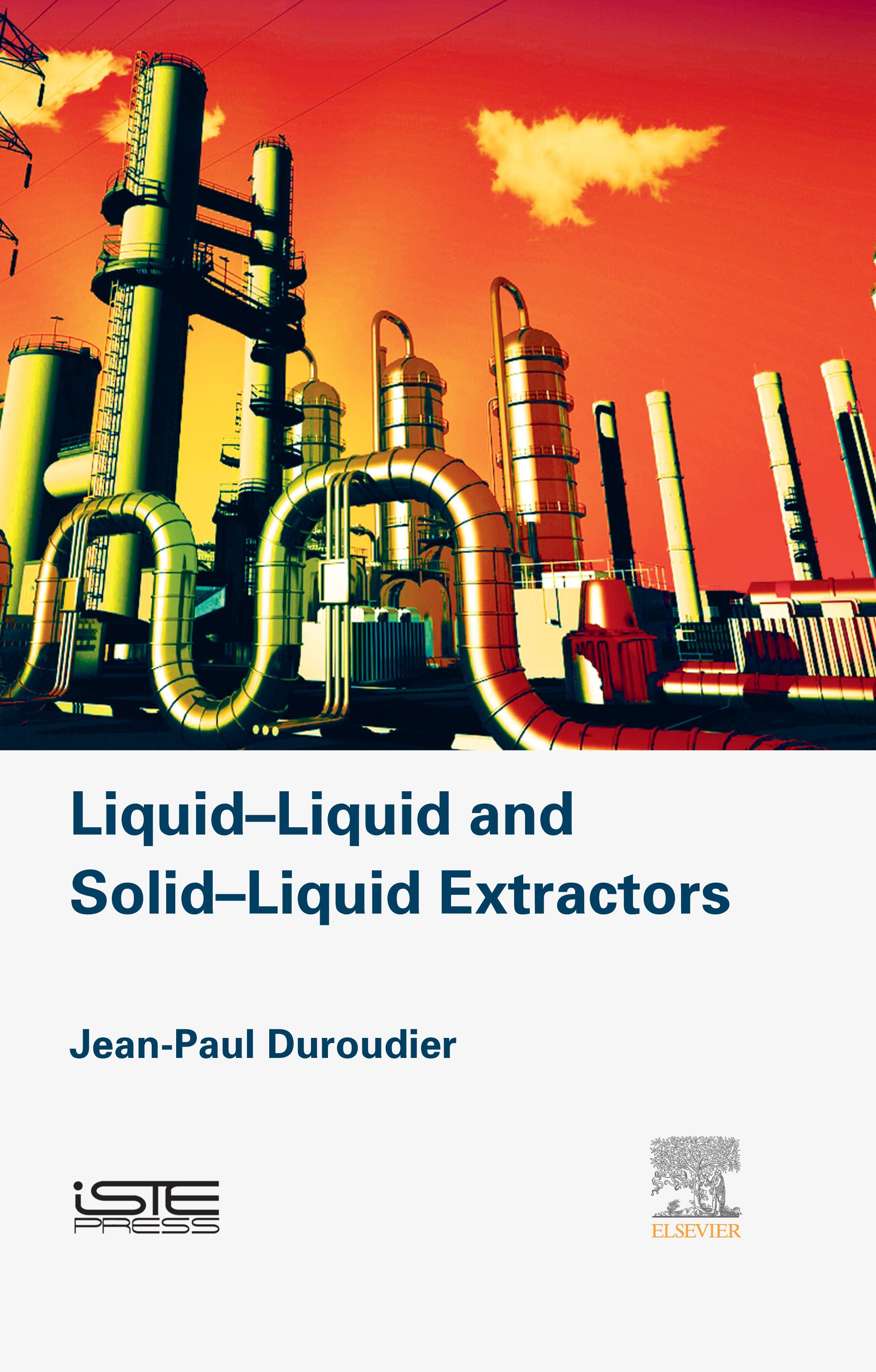
Liquid–Liquid and Solid–Liquid Extractors
There are no such things as applied sciences, only applications of science.
Louis Pasteur (11 September 1871)
Dedicated to my wife, Anne, without whose unwavering support, none of this would have been possible.
Industrial Equipment for Chemical Engineering Set coordinated by Jean-Paul Duroudier
Liquid–Liquid and Solid–Liquid Extractors

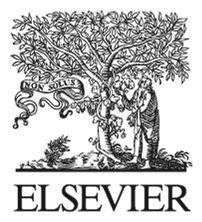
First published 2016 in Great Britain and the United States by ISTE Press Ltd and Elsevier Ltd
Apart from any fair dealing for the purposes of research or private study, or criticism or review, as permitted under the Copyright, Designs and Patents Act 1988, this publication may only be reproduced, stored or transmitted, in any form or by any means, with the prior permission in writing of the publishers, or in the case of reprographic reproduction in accordance with the terms and licenses issued by the CLA. Enquiries concerning reproduction outside these terms should be sent to the publishers at the undermentioned address:
ISTE Press Ltd
27-37 St George’s Road
Elsevier Ltd
The Boulevard, Langford Lane London SW19 4EU Kidlington, Oxford, OX5 1GB UK UK
www.iste.co.uk
www.elsevier.com
Notices
Knowledge and best practice in this field are constantly changing. As new research and experience broaden our understanding, changes in research methods, professional practices, or medical treatment may become necessary.
Practitioners and researchers must always rely on their own experience and knowledge in evaluating and using any information, methods, compounds, or experiments described herein. In using such information or methods they should be mindful of their own safety and the safety of others, including parties for whom they have a professional responsibility.
To the fullest extent of the law, neither the Publisher nor the authors, contributors, or editors, assume any liability for any injury and/or damage to persons or property as a matter of products liability, negligence or otherwise, or from any use or operation of any methods, products, instructions, or ideas contained in the material herein.
For information on all our publications visit our website at http://store.elsevier.com/
© ISTE Press Ltd 2016
The rights of Jean-Paul Duroudier to be identified as the author of this work have been asserted by him in accordance with the Copyright, Designs and Patents Act 1988.
British Library Cataloguing-in-Publication Data
A CIP record for this book is available from the British Library Library of Congress Cataloging in Publication Data
A catalog record for this book is available from the Library of Congress ISBN 978-1-78548-178-9
Printed and bound in the UK and US
1.4.3.
1.4.4.
1.5.1.
1.5.2.
2.1.
2.1.1.
2.2.1.
2.2.5.
2.2.6.
2.2.7.
2.3.
2.3.1
2.3.2.
2.3.4.
2.3.5.
2.3.6.
2.3.7.
2.3.8.
2.3.10.
2.3.11.
2.3.12.
2.4.
2.4.1.
2.4.2.
2.4.3.
2.4.4.
2.4.6.
2.4.7.
2.4.11.
2.4.12.
Chapter 3.
3.1.
3.2.
3.2.6.
3.2.7.
3.3.
3.3.1.
3.3.2. Langmuir–Freundlich combination
3.3.3. The Langmuir isotherm (thermodynamic approach
3.3.4. The Langmuir isotherm (dynamic equilibrium) .....................................
3.3.5. Generalization to multiple components
3.3.6. Generalization to a heterogeneous surface (bi-Langmuir isotherm)
3.3.7. Langmuir equation
3.3.8. “Competitive” isotherm found by Gritti and Guiochon
3.3.9. Tóth isotherm
3.3.10.
3.3.11.
3.3.12. BET (Brunauer, Emmett and Teller) isotherm
3.3.13.
3.3.14.
3.3.15. The five main types of
3.4. Thermodynamics and equilibrium of
3.4.1.
3.4.2.
3.4.6.
3.4.7.
3.4.8.
3.4.9.
3.4.10.
3.4.11.
3.4.12. Calculation of γs with a linear isotherm
3.4.13. Calculation of γs with the Langmuir isotherm
3.4.14. Isosteric
3.5. Transfer
3.5.1.
3.5.2.
3.5.3. Overall pore diffusivity in a porous medium
3.5.4. Surface diffusivity
3.5.5. Diffusion in pellets (or tablets or indeed spheroids)
3.5.6. Differential equation internal to solid particles
3.5.7. Fluid–solid exchange equation
3.5.8. Simplified fluid–particle exchange
3.6. Adsorption between a mass of liquid and a mass of solid
3.6.1. A simple
3.6.2. The volume of liquid is limited
3.6.3. Integration of the resistance of the liquid film
3.6.4. The isotherm is not linear
3.6.5. Bi-dispersed porosity
Chapter 4. Liquid–Solid Extraction and Washing of a Divided Solid by a Liquid
4.1. Fundaments of extraction and liquid–solid washing
4.1.1. Terminology
4.1.2. Measuring the
4.1.3. Accessible porosity
4.1.4.
4.1.7.
4.1.8.
4.1.9.
4.2.
4.2.1.
4.2.2.
4.3.
4.3.1.
4.4.
4.4.1.
4.4.2.
4.5. Washing
4.5.1.
4.5.2.
the
Preface
The observation is often made that, in creating a chemical installation, the time spent on the recipient where the reaction takes place (the reactor) accounts for no more than 5% of the total time spent on the project. This series of books deals with the remaining 95% (with the exception of oil-fired furnaces).
It is conceivable that humans will never understand all the truths of the world. What is certain, though, is that we can and indeed must understand what we and other humans have done and created, and, in particular, the tools we have designed.
Even two thousand years ago, the saying existed: “faber fit fabricando”, which, loosely translated, means: “ c’est en forgeant que l’on devient forgeron” (a popular French adage: one becomes a smith by smithing), or, still more freely translated into English, “practice makes perfect”. The “artisan” (faber) of the 21st Century is really the engineer who devises or describes models of thought. It is precisely that which this series of books investigates, the author having long combined industrial practice and reflection about world research.
Scientific and technical research in the 20th Century was characterized by a veritable explosion of results. Undeniably, some of the techniques discussed herein date back a very long way (for instance, the mixture of water and ethanol has been being distilled for over a millennium). Today, though, computers are needed to simulate the operation of the atmospheric distillation column of an oil refinery. The laws used may be simple statistical
correlations but, sometimes, simple reasoning is enough to account for a phenomenon.
Since our very beginnings on this planet, humans have had to deal with the four primordial “elements” as they were known in the ancient world: earth, water, air and fire (and a fifth: aether). Today, we speak of gases, liquids, minerals and vegetables, and finally energy.
The unit operation expressing the behavior of matter are described in thirteen volumes.
It would be pointless, as popular wisdom has it, to try to “reinvent the wheel” – i.e. go through prior results. Indeed, we well know that all human reflection is based on memory, and it has been said for centuries that every generation is standing on the shoulders of the previous one.
Therefore, exploiting numerous references taken from all over the world, this series of books describes the operation, the advantages, the drawbacks and, especially, the choices needing to be made for the various pieces of equipment used in tens of elementary operations in industry. It presents simple calculations but also sophisticated logics which will help businesses avoid lengthy and costly testing and trial-and-error.
Herein, readers will find the methods needed for the understanding the machinery, even if, sometimes, we must not shy away from complicated calculations. Fortunately, engineers are trained in computer science, and highly-accurate machines are available on the market, which enables the operator or designer to, themselves, build the programs they need. Indeed, we have to be careful in using commercial programs with obscure internal logic which are not necessarily well suited to the problem at hand.
The copies of all the publications used in this book were provided by the Institut National d’Information Scientifique et Technique at Vandœuvre-lèsNancy.
The books published in France can be consulted at the Bibliothèque Nationale de France; those from elsewhere are available at the British Library in London.
In the in-chapter bibliographies, the name of the author is specified so as to give each researcher his/her due. By consulting these works, readers may
gain more in-depth knowledge about each subject if he/she so desires. In a reflection of today’s multilingual world, the references to which this series points are in German, French and English.
The problems of optimization of costs have not been touched upon. However, when armed with a good knowledge of the devices’ operating parameters, there is no problem with using the method of steepest descent so as to minimize the sum of the investment and operating expenditure.
This page intentionally left blank

